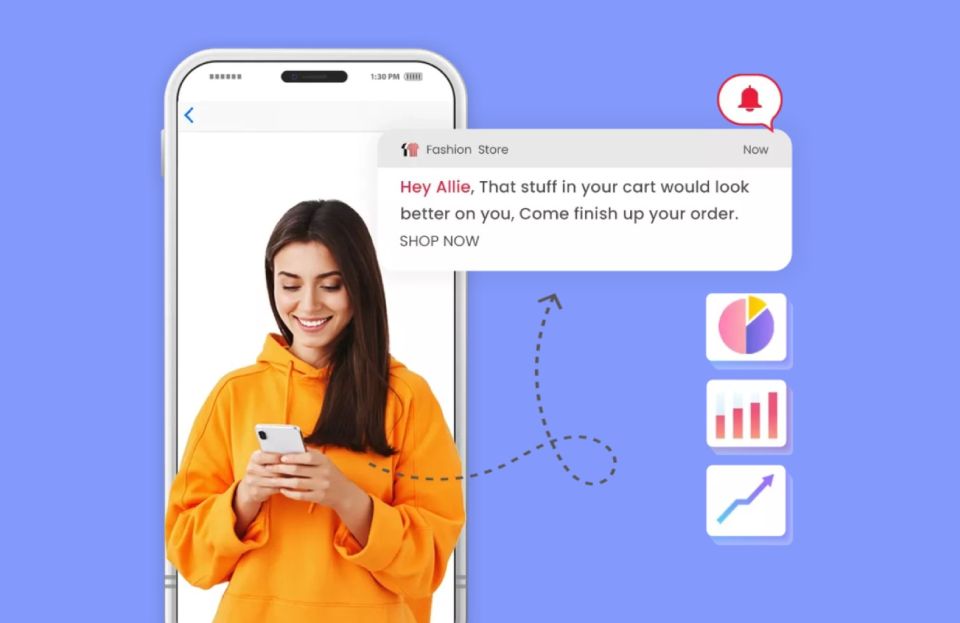
Striking the Right Balance: Personalization vs. Intrusion in Mobile Retail Marketing
When I think about a hyper-personalized customer experience, mobile is a very personal device so, naturally, it makes sense for retailers to centralize communication to customers in this channel. Yet addressing customers on their personal device comes with more risk if it’s not done with care and thought. To ensure communication is impactful vs. irritating, the key for retailers is marrying the ‘what, when, and where’ data: what information is relevant to your customer, when do they want to hear from you, and where do they want that information delivered to them.
To be an effective retail marketer, it’s no longer just about collecting consumer data. It’s more about needing to match the technology you use with what will create the most value for your customers, and best meet their needs and wants in their buyer’s journey. You want to infuse the relevant data you’ve collected to deliver the personalized experience your customers have come to expect from your brand.
Understanding the different technologies at your disposal and what makes them unique and effective for interacting with your audience is no longer just a ‘nice to have’. It’s absolutely essential. No one wants to get multiple messages on their phone with the same content, so using behavior-based data to figure out which specific channel is going to be most effective should not be taken for granted.
That said - should retailers lean on AI? There are certainly AI tools out there to make aspects of your jobs easier. For example, Vibes has been using AI to inform & optimize SMS content, such as the best time to send a message. The role of human judgment still remains critical: strategically thinking about the value and business use case first. That role will always be there for a human to play.







